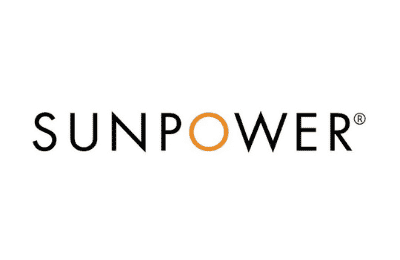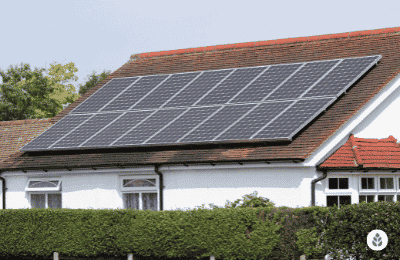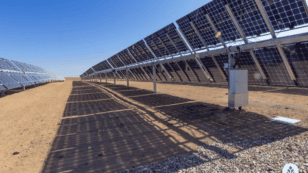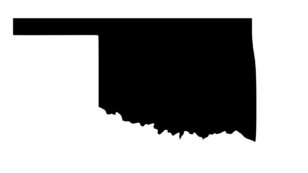
Top 6 Best Solar Companies in Oklahoma (2024 Reviews)
In this complete guide to choosing a solar provider in Oklahoma, you’ll learn:
- What are the top solar companies that serve Oklahoma?
- How can you reduce the all-in solar panel costs in Oklahoma and increase long-term savings?
- What qualities are most important to look for in an Oklahoma solar contractor?
Each product and or company featured here has been independently selected by the writer. You can learn more about our review methodology here. If you make a purchase using the links included, we may earn commission.
What Are Oklahoma’s Top 6 Solar Energy Companies?
Oklahoma residents have just a few options when it comes to solar installers; the Solar Energy Industries Association (SEIA) reports just 16 providers that serve the state.1 Still, researching and getting quotes from all of these installers can be time-consuming, so we looked into the companies for you.
We’ve found that these are the best solar installers in the area:
- Shine Solar, LLC: Outstanding Regional Installer
- Solar Power of Oklahoma: Outstanding Local Installer
- Sun City Solar: Solar Veteran
- Radical Solar Energy: Outstanding Local Installer
- Astrawatt Solar: Outstanding Regional Installer
- ADT Solar: Best Warranty Coverage
You can get information about each of these companies and some specifications to compare by using the drop-down menus below.

Shine Solar, LLC

Regional Service
Average cost
Pros
- Many financing options
- Great warranty coverage
- Offers a panel buy-back option
- Outstanding workmanship
Cons
- Relatively young company
- Limited brands of solar equipment available
Shine Solar, LLC isn’t a local company, but its relatively small size means that it can still provide outstanding customer service, including fast response times and reliability in terms of warranty claims.
Shine Solar offers some of the top solar brands in the industry, including Silfab and Enphase. These brands have a high efficiency to take advantage of the abundant Oklahoma sunshine, meaning many customers can minimize the size of their systems and still offset their electric bills.
Oklahoma solar energy systems come in well above the national average when it comes to cost, so the fact that Shine Solar keeps its prices below average makes them an appealing option for Oklahomans.
This installer doesn’t have the best workmanship warranty, covering labor for just five years compared to the industry standard of ten. Still, we think it’s a great option for solar in Oklahoma, given its reputation among customer reviews and below-average cost.
Facts and Figures: Shine Solar, LLC
| EcoWatch Rating |
|---|
| Better Business Bureau (BBB) Rating |
| Average Cost ($-$$$$$) |
| Solar Services |
| 4.5 |
| A- |
| $$ |
| Solar Panels, Solar Batteries, HVAC Services, Energy-Efficiency Upgrades |

Astrawatt Solar
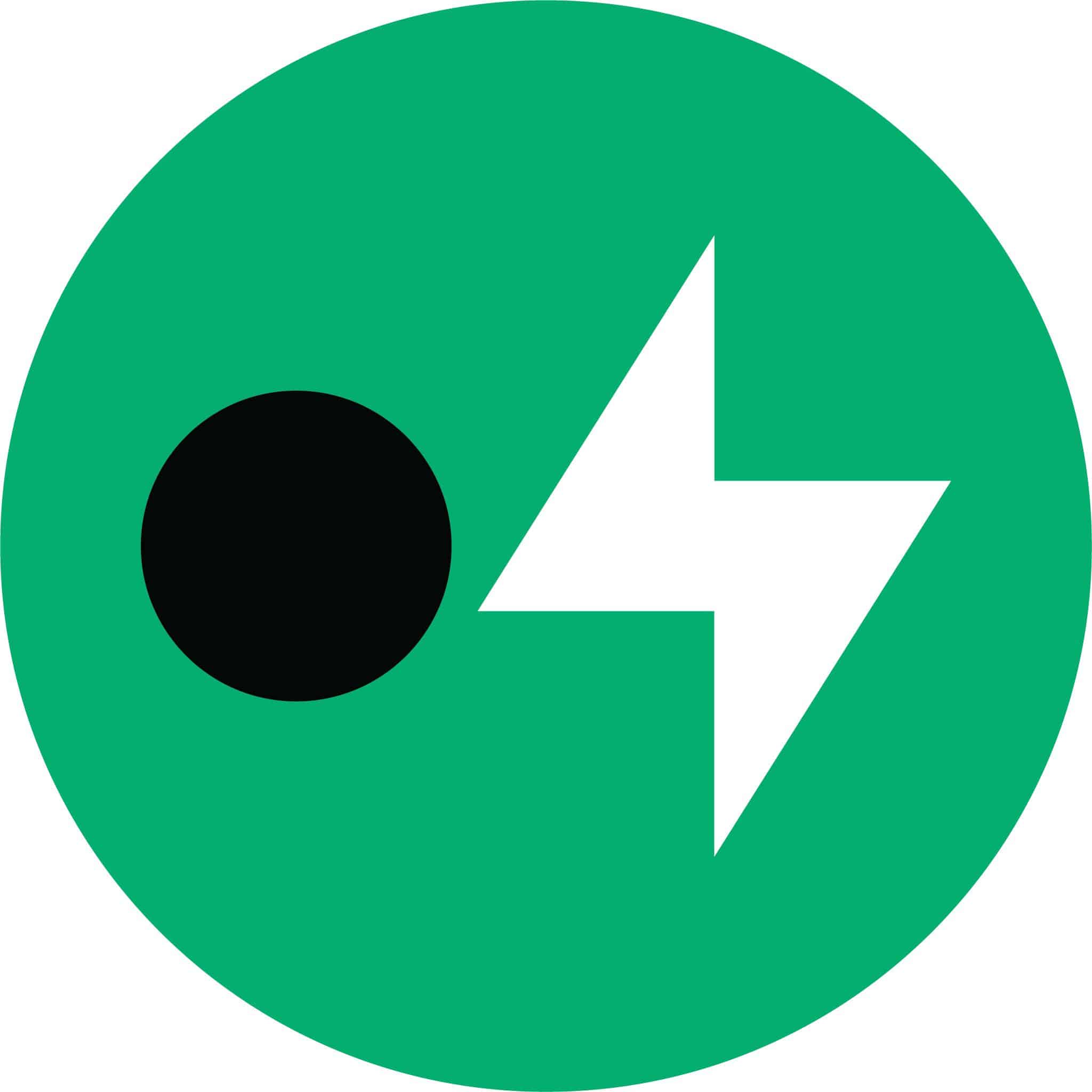
Average cost
Pros
- Comprehensive service offerings
- Excellent reputation
- Award-winning company
- Educational, no-pressure sales approach
Cons
- Limited service area
- Relatively young company
Astrawatt Solar secured a place in our rankings in Oklahoma because it provides robust warranty protection that can provide peace of mind, even when tornadoes threaten your equipment. It covers the labor and the equipment provided for 25 years, which is uncommon in the Sooner State.
Astrawatt is a regional company based in Missouri, but it has a strong presence in Oklahoma and provides services throughout the state, which is something many providers don’t do. Despite its larger size, it still manages to offer outstanding customer service.
Astrawatt is expensive, which is a pretty significant downside in OK, where costs are already high for converting to solar. However, we believe the robust warranty protection you get and the customer service provided are both well worth the investment for going solar in Oklahoma.
Plus, the company has nearly a decade of experience in OK, specifically, which is longer than most providers in the area.
Facts and Figures: Astrawatt Solar
| EcoWatch Rating |
|---|
| Better Business Bureau (BBB) Rating |
| Average Cost ($-$$$$$) |
| Solar Services |
| 4.5 |
| A+ |
| $$$$ |
| Solar Panels, Solar Batteries, EV Chargers |

Solar Power of Oklahoma
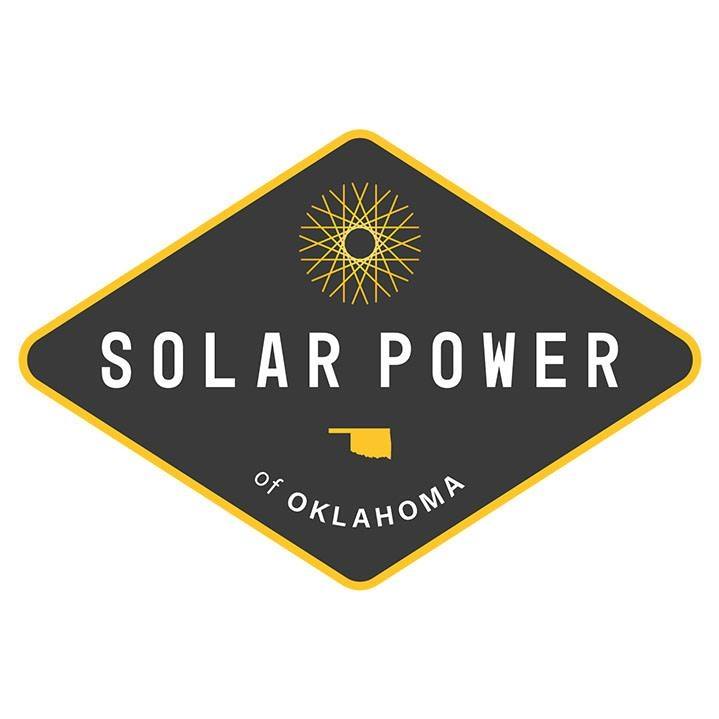
Local Service
Average cost
Pros
- Outstanding customer service
- Custom system designs
- Great warranty coverage
Cons
- No leases or PPAs
- Relatively young company
We chose Solar Power of Oklahoma primarily because it has above-average warranty protection on its systems. This includes 25 years on equipment from the manufacturer’s warranty and 15 years covering the labor and installation.
Although this workmanship warranty is just slightly above the industry average of ten years, it’s far better than the five-year average in Oklahoma. Plus, the robust physical protection warranty can provide some peace of mind if the frequent tornado activity puts any strain on your roof or panel installation. As a small local company based in Oklahoma City, this provider offers above-average customer service. That includes fast responses to initial inquiries and warranty claims. Remember, a warranty is only any good if your company honors it.
This company doesn’t offer leases or power purchase agreements (PPAs), but we generally don’t recommend those payment options anyway.
Facts and Figures: Solar Power of Oklahoma
| EcoWatch Rating |
|---|
| Better Business Bureau (BBB) Rating |
| Average Cost ($-$$$$$) |
| Solar Services |
| 4 |
| A+ |
| $$ |
| Solar Panels, Solar Batteries, EV Chargers, Maintenance & Repairs |

Sun City Solar

Regional Service
Average cost
Pros
- Offers products from leading manufacturers
- Great warranty coverage
- Many years of experience
Cons
- Expensive
- No leases or PPAs
- Relatively short workmanship warranty
Sun City Solar is one of our top picks because it offers Maxeon panels from SunPower. These panels are considered the most efficient in the industry. Higher levels of power production mean you can better offset the above-average energy consumption in the Sooner State, which means greater long-term energy savings.3
The panels this company offers also come with some of the best warranty coverage in the industry, including 25 years of protection for the equipment and labor and a 25-year performance guarantee. Performance guarantees are especially valuable, as they guarantee that you’ll see the energy savings as outlined in your solar estimate.
Sun City Solar is based in Oklahoma City and has been in business since 1983, making it one of the most experienced companies in the area. As such, it’s more likely to understand the needs of Oklahomans and provide a system that matches your home size and energy needs.
Sun City Solar is a bit on the expensive side, but we believe the quality you get for the money is still outstanding.
Facts and Figures: Sun City Solar
| EcoWatch Rating |
|---|
| Better Business Bureau (BBB) Rating |
| Average Cost ($-$$$$$) |
| Solar Services |
| 4 |
| A+ |
| $$$$$ |
| Solar Panels, Solar Batteries, Maintenance & Repairs |

Radical Solar Energy
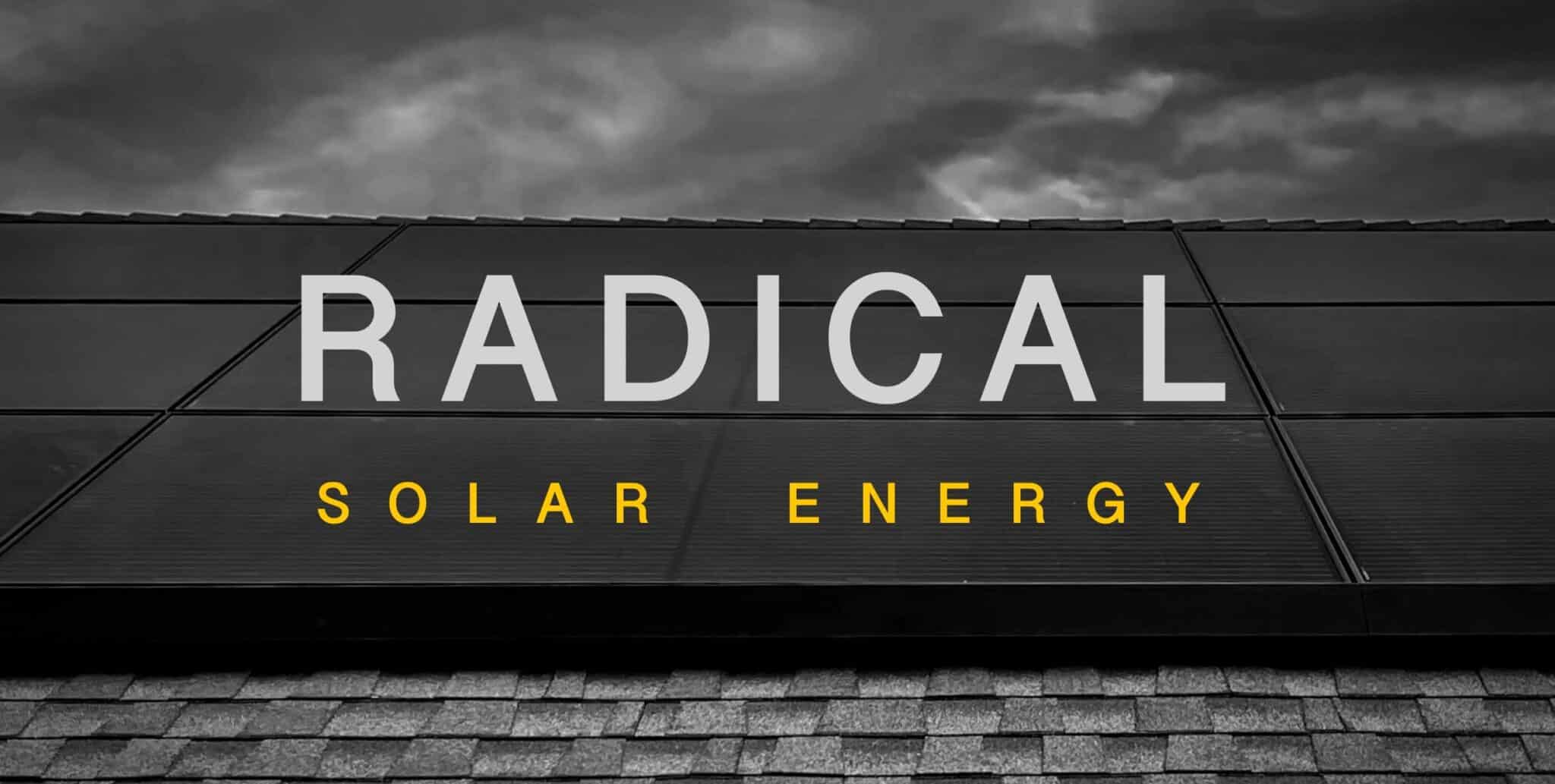
Local Service
Average cost
Pros
- Multitude of products and services
- Great warranty coverage
- Outstanding customer service
Cons
- No leases or PPAs
- Relatively young company
Radical Solar is the youngest company on our list. Although we often don’t recommend installers with fewer than five years of experience, this company already has a stellar reputation for customer service and quality in Oklahoma.
It provides warranty coverage for its equipment for up to 25 years, which is sure to keep your system functional through the tornado activity in the area. Plus, the workmanship warranty offered lasts for 20 years. This is double the industry average and about three to four times what you’ll see from most other solar companies in the area.
Radical maintains slightly below-average pricing, which is important in Oklahoma, where the typical system installation cost is well above the industry average. Plus, the company carries a wide range of solar technologies and brands to help keep your all-in and upfront costs down.
Facts and Figures: Radical Solar Energy
| EcoWatch Rating |
|---|
| Better Business Bureau (BBB) Rating |
| Average Cost ($-$$$$$) |
| Solar Services |
| 3.5 |
| A+ |
| $$$ |
| Solar Panels, Solar Batteries, EV Chargers, Energy-Efficiency Audits |
Watch Below: Is Solar Actually Worth it In Oklahoma?
How Can You Save Money When Hiring A Solar Company In Oklahoma
The average cost of a solar power system in Oklahoma hovers around $36,740 before incentives, which is just a little higher than the national average.
The per-watt cost for PV equipment averages around $3.34 in OK, which is below the U.S. average of $3.33. However, the high energy needs mean the total system size needs to be slightly larger — around 11 kilowatts (kW) as opposed to 9 kW, if you want to offset 100% of your electricity use.
With such high conversion costs, most residents will look for ways to keep costs as low as possible and long-term energy savings maximized. Below are some tips for achieving both:
- Take advantage of all the solar incentives you can
- Choose a high-efficiency panel brand
- Shop around for the best quotes
Take All of the Solar Benefit Programs You Can
The easiest way to bring down the effective cost of your system is to take advantage of as many incentive programs as you can. Unfortunately, there aren’t very many solar incentives in OK, but the federal government does offer one that is outstanding and available to all Sooner State residents. We’ll include information about the available perks below.
| Solar Benefit Program | Description |
| Federal Solar Investment Tax Credit (ITC) | The federal tax credit is a sizable credit that gets applied to your income tax burden when you install photovoltaic equipment on your home. The credit is for 30% of your system cost — including panels, inverters and batteries — which averages around $11,022 in Oklahoma. |
| Net Metering | Net energy metering is a policy that requires utility companies to credit you for any excess energy you produce and send to the grid. The credits you earn can be put toward future electric bills in case your panels ever underproduce. Unfortunately, the credit rate in OK is below average — using an avoided-cost rate, but something is better than nothing. |
For more information on these perks and other energy efficiency rebates in your area, you can check out our guide to solar incentives in Oklahoma.
Choose a Panel Brand With a High Efficiency
Oklahoma has an abundance of sunlight, which is great news for residents considering solar. However, the average OK resident uses electricity at a higher rate than most other states, with most homes using around 1,088 kilowatt-hours (kWh) per month as opposed to the national average of 886 kWh.4
In order to offset those energy needs — and, in turn, maximize your energy savings — it’s important to get a high-efficiency panel brand that can make good use of the available sunlight and roof space. Some of the best residential solar panel brands that work well for the needs of Oklahoma residents include:
- SunPower
- REC
- Mission Solar
- Canadian Solar
- Qcells
Get Multiple Quotes
Finally, we recommend getting a few free quotes from different solar providers in your area. Even among the 12 installers that serve OK, you’re likely to see costs vary by thousands of dollars due to differences in equipment costs and labor charges.
Getting a few free quotes means you can compare the all-in cost and the value provided to find something that suits your needs and your budget. As well as comparing which providers and panel brands offered fit your homes needs the best. Remember, these companies are fighting for your business, and some may lower their estimate if you have competing offers.
Looking for more personalized system and savings estimates? You can use our solar calculator to see what your system will cost and what it will save you in Oklahoma.
Will Solar Increase Your Home Value In Oklahoma?
Yes, adding a solar array to your home is expected to raise your property value by about 4.1%, based on research conducted by Zillow.5 With property values hovering around $196,774, that’s an average increase of around $8,067.6
Solar adoption in Oklahoma has historically been slow and unimpressive. The state is currently ranked 45th in the country for solar friendliness, down from 41st in 2021.7 However, the Sooner State’s abundance of sun and above-average energy consumption leaves it with outstanding potential.
Oklahoma City (OKC) was ranked 8th in the country in terms of solar potential.8 It’s likely that as the local industry and popularity grow, places like Oklahoma City will see even greater home value upside from installing solar panels or solar roof shingles.
Should Oklahoma Residents Hire a Professional Solar Installer Or DIY?
Hiring a professional solar panel company is expensive no matter where you live, but that’s especially true in Oklahoma. Since solar systems are more expensive in OK than in most other states, more residents are inclined to consider DIY solar installations. These are cheaper and faster to install, but there are some significant drawbacks to think about. These include:
- Less appealing warranty coverage than professionally-installed systems
- Lower efficiencies on DIY solar panel kits
- Increased risk of property damage from improper installation
We’ll discuss these downsides in greater depth below.
Warranty Coverage Is Less Appealing With DIY Panels
First off, the average warranty coverage on a professionally-installed solar system is as follows:
- 25 years for equipment
- 20 to 25 years for power production
- 10 years for workmanship
With a DIY solar array, the warranties are usually as follows:
- 5 to 10 years for equipment
- 5 to 10 years for power production
- No warranty for workmanship
While the savings you’ll see upfront doing a DIY installation are significant, the warranty coverage you get with a professional installation is often worth the added cost. You get protection for twice as long, on average, so you’re less likely to have to spend money on system maintenance and repairs, and you’re more likely to maximize your energy savings.
DIY Panel Brands Have Lower Efficiency Ratings
As mentioned above, we recommend prioritizing panel efficiency to get the most value out of the available sunlight in OK. High-efficiency panels will help you save more on your electric bills over time, which means your system will effectively cost less, and you’ll see more financial upside over time.
DIY panel brands usually fall between 15% and 20% in terms of efficiency, while most professional panels are above 20%, topping out around 22.7%. This seemingly small difference can make a much more significant difference in your energy bills in the long run. In some cases, the upfront cost won’t even be that much different from standard efficiency, since you need to purchase fewer high-efficiency panels to get the job done.
Property Damage Is More of a Risk With DIY Installations
Finally, solar panels are constantly exposed to the elements, which means, in Oklahoma, they’re exposed to severe thunderstorms, tornadoes and occasionally heavy rainfall. Any errors made during installation of solar panels can leave your roof prone to leaking and even parts being torn off during heavy winds from tornadoes.9
Mistakes are far more likely to be made by inexperienced DIYers. While doing the installation yourself is more affordable, it can cost you more over time if issues lead to property damage.
What Should Oklahomans Look For in a Solar Installer?
Oklahoma is a unique space for solar installations, with abundant sun but also severe weather that can put panels at an increased risk of damage. We recommend you prioritize the below three characteristics when interviewing and choosing a solar provider in Oklahoma:
- Warranty coverage included
- Panel brands and equipment offered
- Local experience
We’ll explain why these factors are most important below.
Warranty Coverage
Oklahoma sees plenty of sunny days per year to make solar a good investment, but residents also see some severe weather. Tornadoes and severe thunderstorms elevate your risk of solar panel damage, so having physical protection and workmanship warranties for your system are paramount.
Unfortunately, most of the companies in OK provide minimal warranty coverage for the labor involved in installing your system. The industry average is around ten years, but the average in Oklahoma is about half that. We recommend considering a longer warranty carefully and paying more for lengthier coverage if you can.
It’s also a good idea to choose an installer that provides a production guarantee, as that will help ensure your panels continue to offset your above-average energy bills for many years to come.
Panel Brands and Equipment Offered
Next, we recommend looking at the panel brands each company offers and the equipment it installs.
It’s a good idea to choose a high-efficiency panel. This will allow you to install a smaller and more affordable solar system but still produce enough power to offset the above-average electricity consumption in OK.
You also might want to look into the add-on products offered by each provider. Many solar customers in Oklahoma choose to install a solar battery alongside their panels. This helps maintain power through the frequent blackouts and also saves you money on energy bills since the state doesn’t mandate net metering.
You can eliminate companies that don’t carry the brands or products you’re looking to have installed.
Local Experience
Finally, we suggest prioritizing local experience. Solar is really only starting to catch on in OK, as evidenced by the slow adoption rate and the fact that there are only 12 installers that service the area.
While there are few companies that have more than ten years of experience, we suggest considering these carefully over those with just a few years under their belts.
More experienced companies are more likely to provide quality service, less likely to run into issues during the installation and can often keep costs down by helping you take advantage of local incentives and rebate programs.
The cost information presented in this article is derived from a comprehensive analysis, incorporating data from multiple industry sources. The average cost per watt per state was calculated based on figures from Consumer Affairs, Energy Sage, and Berkeley Lab’s Electricity Markets & Policy Department. Additionally, monthly energy consumption and the average monthly cost of electricity were sourced from the U.S. Energy Information Administration, ensuring a well-rounded and accurate representation of the information presented.
Methodology: How We Ranked Oklahoma’s Solar Companies
Our primary goal in the industry is to bring awareness to the benefits of clean energy and connect readers like you with reputable, reliable installers that will provide an outstanding experience. In order to reach that goal, we evaluate solar installers based on the below criteria, which we believe are most important to Oklahomans:
- Solar Warranties Provided(20%)
- Solar Services and Products Offered (20%)
- Price and Solar Payment Options (15%)
- Local Experience (15%)
- Qualifications and Certifications (10%)
- Availability (10%)
- Environmental and Social Impact (10%)
Our methodology above is never influenced by commercial partnerships and has been adjusted to fit the needs of Oklahoma residents. Below, we’ll explain why these factors are weighted as they are.
Solar Warranties Provided
We prioritize warranty coverage over most other factors in OK due mostly to the extreme weather in the area and the inexperience of its installers. Installations exposed to tornadoes, strong winds and intense thunderstorms are naturally at higher risk of damage, which can be costly to repair if you don’t have warranties in place to cover it.
We use the industry standard to rank companies at, above, or below average. The standards include 25 years for equipment, 20 to 25 years for efficiency and ten years for workmanship. Companies like ADT Solar that offer a 25-year comprehensive warranty for all three get perfect scores in this category.
Solar Services and Products Offered
Not every solar company provides access to the same products and services, so we look next at what each provider brings to the table.
In Oklahoma, high-quality panels can help offset the above-average energy usage, so we look for panels that are highly efficient. We also look favorably on full-service solar companies that provide battery installations, as solar storage solutions can be a great way to maximize savings in areas like OK that don’t have great net metering policies.
Other unusual products — like off-grid rooftop solar, community solar or solar roofs — will play into this rating as well.
Price and Solar Payment Options
As mentioned above, the cost of a solar array in Oklahoma is around 25% higher than the national average, which means pricing is an important factor to consider. We give priority to companies that maintain average or below-average pricing.
More importantly, we move installers up in our ranking if they provide access to a range of payment options. Companies that only accept cash and third-party solar loans will get bumped down, while those that have low-APR, in-house loan options and access to leases and PPAs get bumped up.
Local Experience
Since the solar industry is only now getting established in OK, many of the companies within the state have little to no experience. Inexperienced installers are more likely to make mistakes during the installation and run into delays with permitting, but they’re also more likely to go out of business and take your warranties with them.
We use the industry average of five years of experience as a baseline for this factor, and we rank companies higher if they have at least ten years in solar.
Qualifications and Certifications
Next, we look at additional qualifications, industry associations and certifications that can set one company apart from the others in Oklahoma. Some things we look for include:
- Accreditation from the Better Business Bureau
- Certification from the Solar Energy Industries Association
- Green Building certification from Leadership in Energy and Environmental Design (LEED)
- Certification from the North American Board of Certified Energy Practitioners (NABCEP)
- Other licenses or certifications that can help ensure a professional installation, like electrician licensure or general contractor licensure
Availability
Since the rate of solar adoption in OK is so slow, many companies in the state focus on major cities where more customers are likely to appear, like Oklahoma City. Unfortunately, that means some companies won’t service a good portion of the state.
We prioritize companies that service the entirety of Oklahoma, as they will be able to serve more of our readers.
Environmental and Social Impact
Finally, we look at the impact each company has on the environment and the communities they serve.
Things like a focus on end-of-life products — including recycling of old solar equipment — and promoting energy efficiency rather than just solar installations move companies up in our rankings. We also look for companies that give back to their communities via charitable donations or education surrounding renewable energy.
Read More About Going Solar in Oklahoma
FAQ: Best Solar Companies in Oklahoma
Despite the slow growth of the solar industry in OK, we still get lots of questions about how to find a reputable solar installer in the area. We’ll answer some of the questions we see most often below.
The SEIA reports that there are 16 solar installation companies that offer service in Oklahoma.10
Most Oklahomans agree that warranty coverage is most crucial when selecting a solar contractor. Since OK’s solar installers don’t have a ton of experience, a warranty can guarantee that your system will perform as advertised. These warranties typically take the form of a “performance guarantee” or “production guarantee.”
Physical protection warranties typically cover defective products, and workmanship warranties usually help guarantee that strong winds won’t rip your panels off of your roof.
We decided to exclude some solar providers from our rankings altogether. Most of these decisions were made because of ongoing lawsuits with customers, poor customer service in Oklahoma, specifically, a lack of warranty coverage that Oklahomans need, and more.
Some solar panel companies kept off of our list include Vivint Solar, Sunrun and Titan Solar Power.
Top Solar Installers in Oklahoma Cities
Comparing authorized solar partners
-
- Many financing options
- Great warranty coverage
- Offers a panel buy-back option
- Outstanding workmanship
- Relatively young company
- Limited brands of solar equipment available
A-Outstanding Regional Installer
Having trouble deciding? Click below and use our process to receive multiple quotes instead:

 233k
233k  41k
41k  Subscribe
Subscribe 

